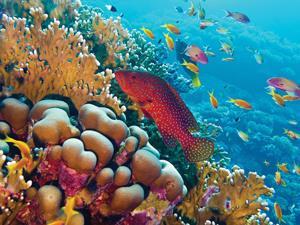Carbon dioxide produced by human activity is acidifying the ocean at an unprecedented and alarming rate

The other carbon dioxide problem was first published by Chemistry World.
Carbon dioxide produced by human activity is acidifying the ocean at an unprecedented and alarming rate

The other carbon dioxide problem was first published by Chemistry World.
No comments yet